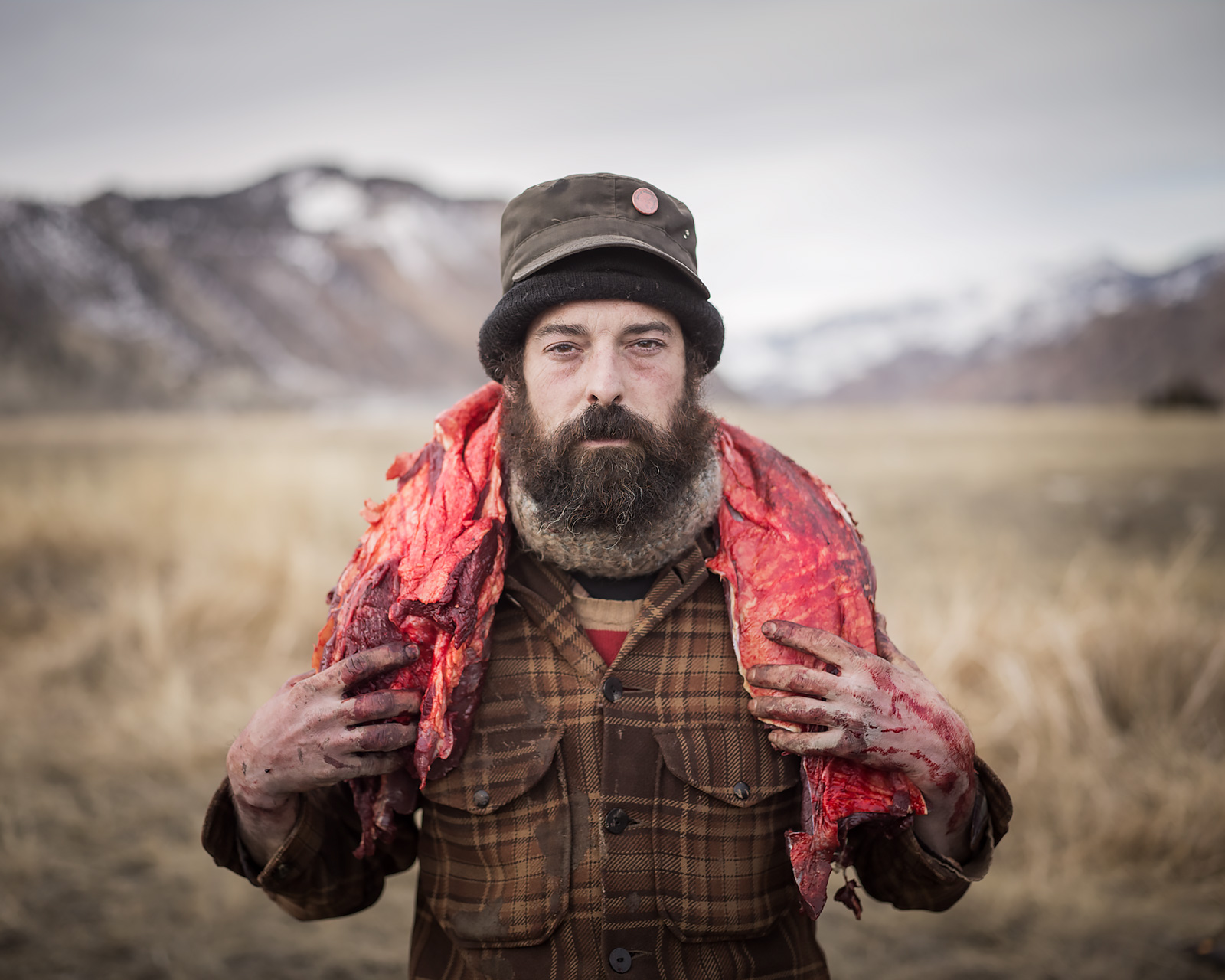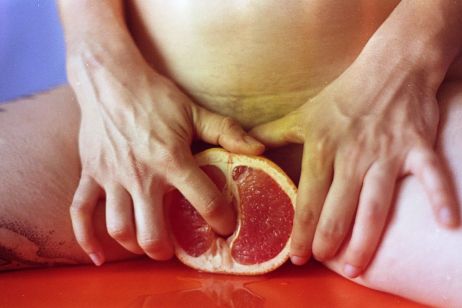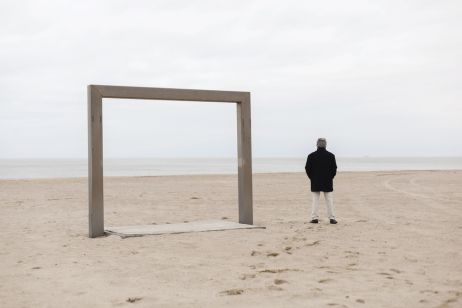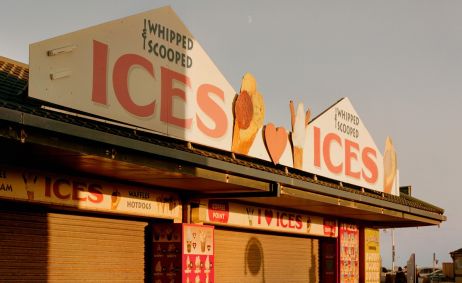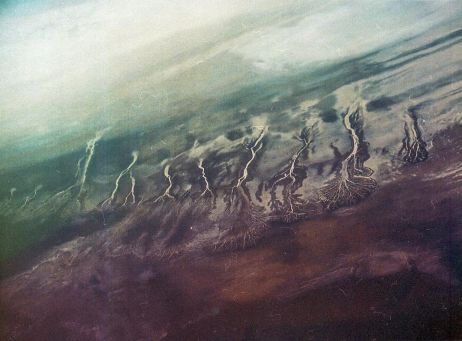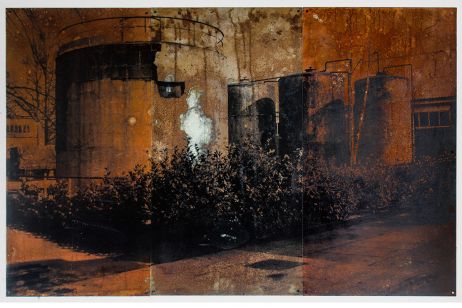America today inspires many photographers. From landscapes of immobile suburbs to folkish road trips that wind up around a campfire… The bevy of images inspired by cinema, literature or music has accustomed us to a very polished vision of the American continent. As is often the case, originality is the preserve of only a minority of photographers. Matt Hamon is one such photographer.
Matt likes being in nature. His photographic practice is very much linked to his living space. He’s also a hunter, a passion that’s led him towards an unusual subject: the bison hunt. Given the need to protect the few herds that survived industrialisation, bison hunting is now prohibited—except in a few states, including Montana, since 2005. The cull here is necessary to regulate the size of the herd. One day while searching online for information about carving meat, he comes across a forum dedicated to traditional practices. And so he discovers a fringe community that lives on bison farming. He sets off to meet them and brings back this astonishing documentary series, “The Gleaners”.
A community of purists can be found among these hunters, whose labour is based on a respect for nature and the animal. Matt Hamon baptised them “The Gleaners”, after a painting of the same name by Jean-François Millet. Shot with a medium format digital camera (Mamiya 645DF+), the photos in this series have the intensity and softness of silver photography. The shutter speed is slow and measured. “I like making large prints, so it’s important for me that my images have a high resolution. The image quality is primordial because the viewer will pick up on all the details. That’s also why I use colour. It’s all a way of anchoring reality to the image”.

“I’ve always hung out around marginal types and they’ve always hung out around me”
The process hits its mark in “The Gleaners”. The images the photographer produced of the small community are far from the austere simplicity of Millet’s work. They are luminous without being too bright. The flesh and exposed viscera contrast with the softness of the landscape and the intensity of the portraits. There is a very strong warmth in this series, reinforced by the fact that Matt could establish trust with a group of people he sees as living on the edge of society. And yet he only spent ten days among them. But the photographer also defines himself as a sort of marginal character. “Diane Arbus said that freaks are aristocrats”, recounts the photographer. “I’ve always hung out around marginal types and they’ve always hung out around me”.
In “The Gleaners” there’s also a profound respect which passes through each expression—like a tacit bond. It’s the respect of those who share the same territory, the same roots. “A photo allows us to study a person closely. For the photographer it implies a sort of intimacy that’s only possible with friends, close relations or lovers. There’s no truth in an image; rather, a poem that must be interpreted”.
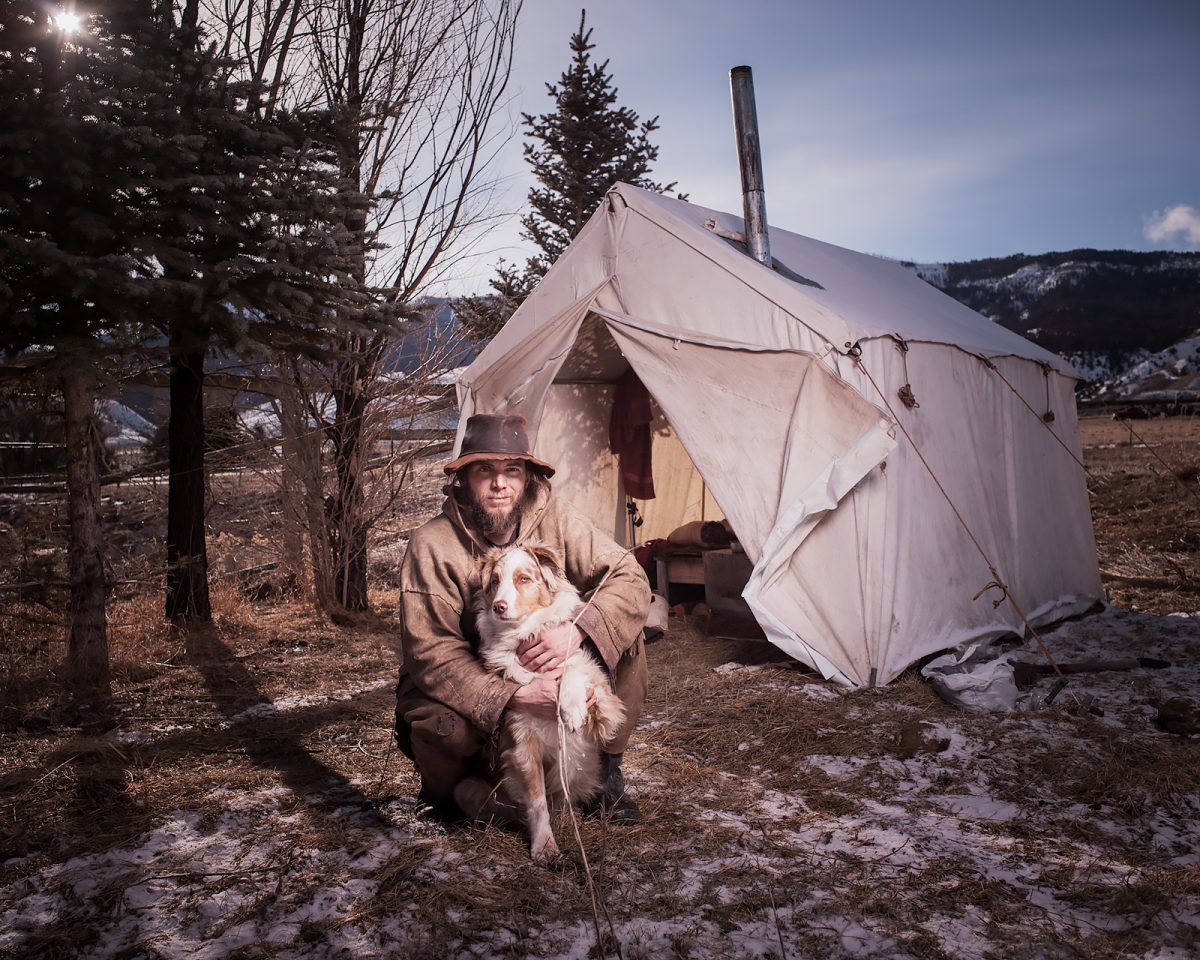
Cultural heritage
Originally from Montana, Matt aspires to document that which surrounds him. “For starters because it’s more convenient. And then, I feel a lot of love for the people and places around me. I think there are maybe two approaches if you’re an artist: to be a curious fringe element or to have a strong sense of belonging in the place where you live. And I have the sense that my place is in Montana”.
In this rural and very working-class state, nature is abundant and the landscapes are grandiose: to the east, the Great Plains; to the west, the Rocky Mountains. It’s also the state with the highest number of writers per capita. Literature holds an important place here, embodied by the famous Montana School, which invokes the style of nature writing—where the wild open spaces engulf the story. It’s therefore natural that Matt Hamon is influenced by his cultural context. In fact, the project’s vocabulary is very much linked with nature. The word “gleaner” comes from the earth. It signifies, first and foremost, those who gathered the remaining grain after a harvest. “The Gleaners” evokes a love for the earth, on which we are born and which allows us to live.
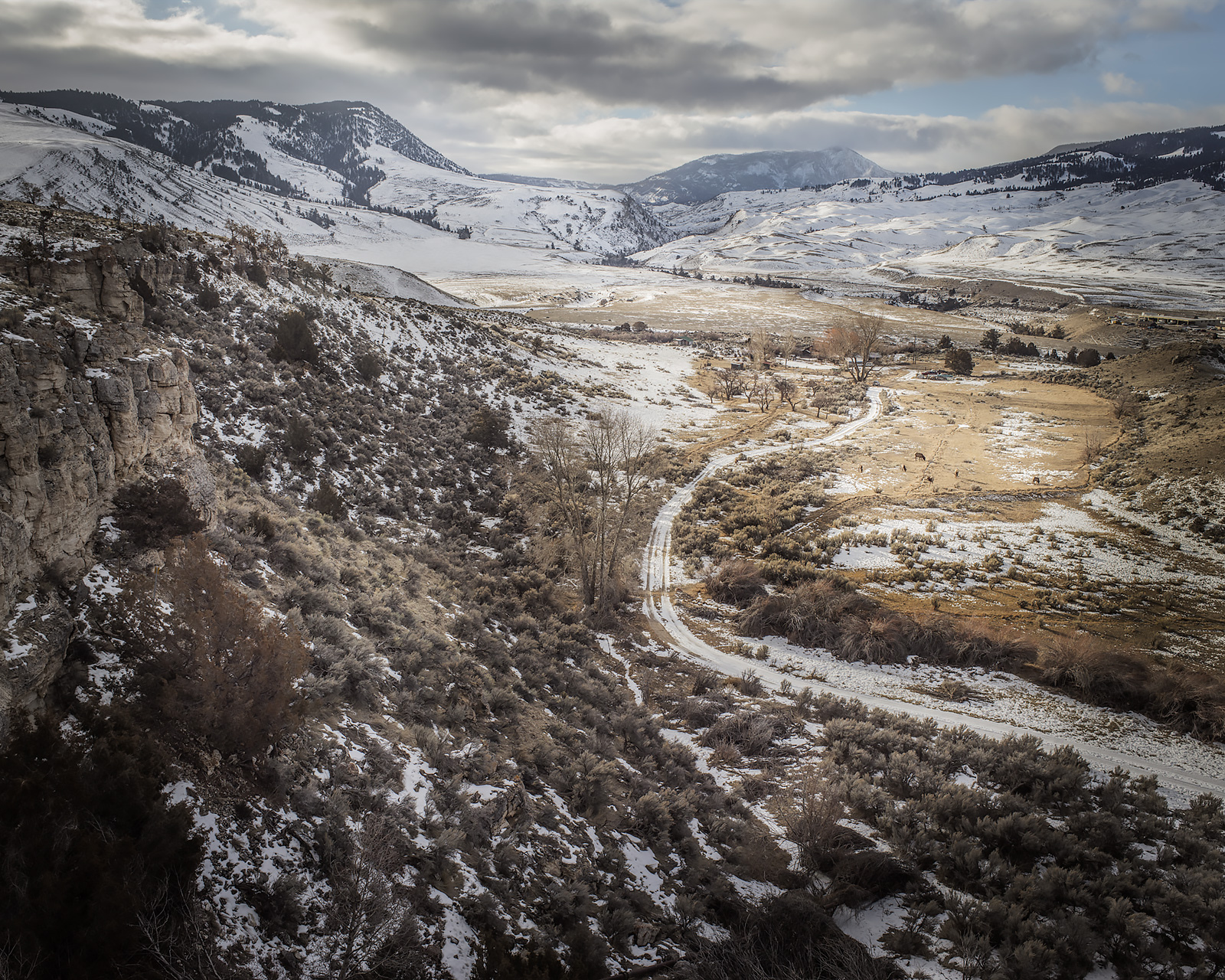

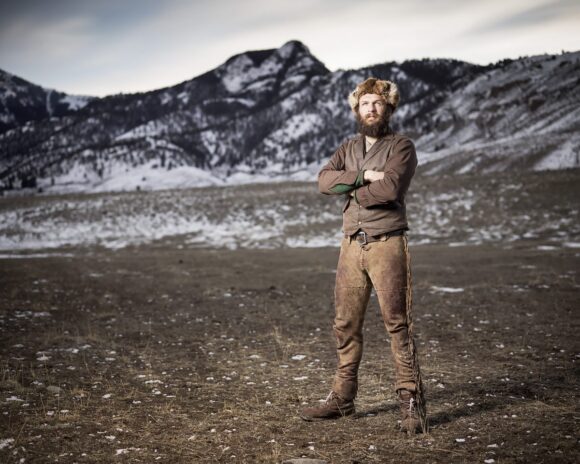
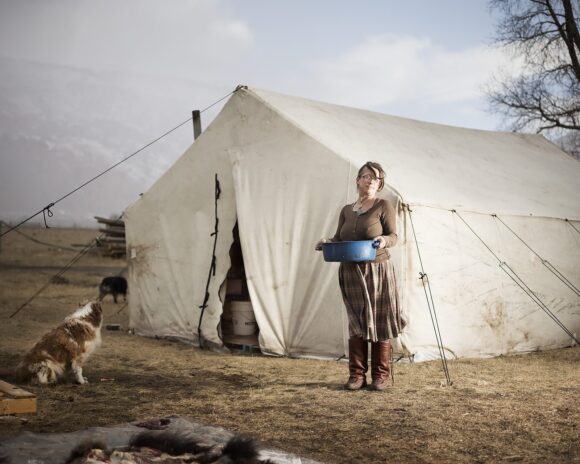

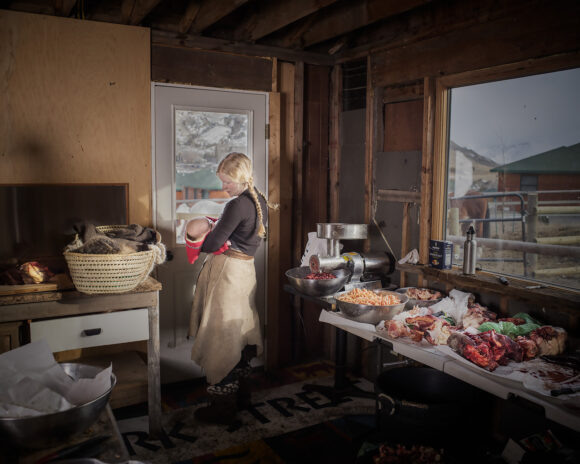
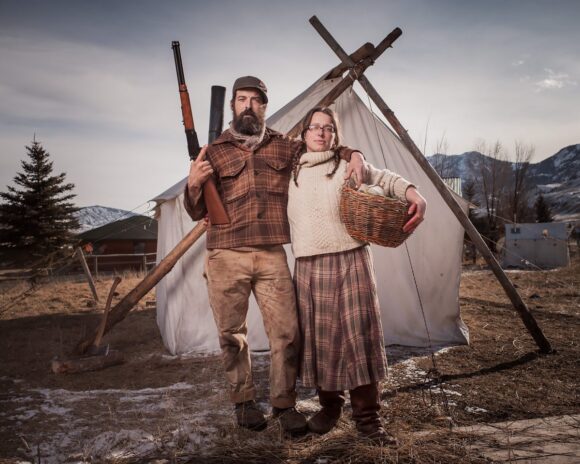
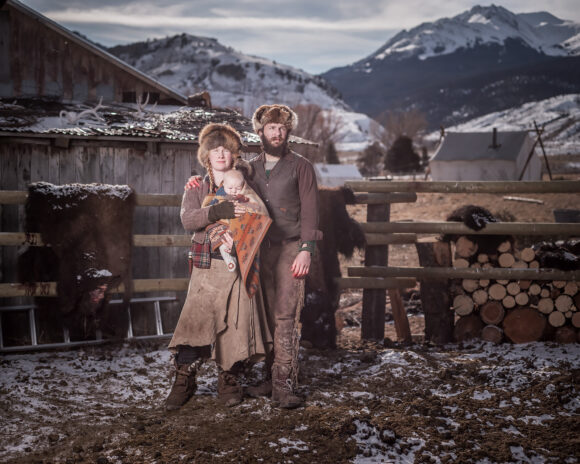
Images by © Matt Hamon
